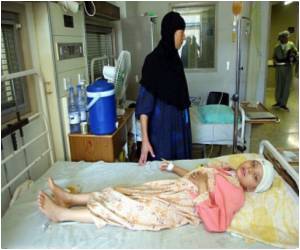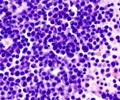Simple tests to predict a leukemic relapse in young patients is a step closer to reality thanks to researchers.

"We have shown that a particular marker on the T-cells, PD-1, was found significantly more frequently in those young patients in whom relapses were about to occur," says lead author, Dr. Hugo Soudeyns, an investigator at the Sainte-Justine University Hospital Research Center, affiliated with Université de Montreal. "PD-1 is also an indicator of 'T cell exhaustion', a process whereby T cells lose their capacity to multiply and are less effective at fighting viruses and cancer cells."
Window of vulnerabilityDr. Soudeyns and his colleagues analyzed blood samples from young children who received an umbilical cord blood transplant for the treatment of blood disorders, including leukemia. They were particularly interested in studying the three to six month time period post-transplantation, when the children were most susceptible to both relapse and infection. During this time, expression of the PD-1 marker peaked, suggesting that many of these T cells were at the end of their life cycle and thus less effective.
"Our findings suggest that measurement of exhaustion markers such as PD-1 could serve as an early predictor of leukemic relapse – a very serious complication," says Dr. Soudeyns. "Our next step is to repeat these experiments in larger groups of patients."
Source-Eurekalert












